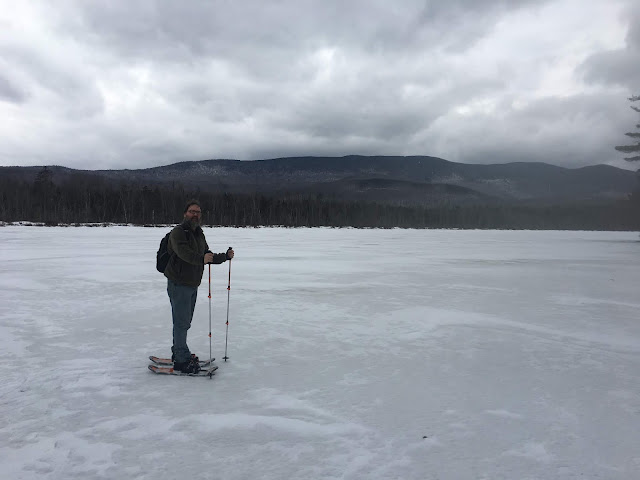Fearing competition, Ruggles kept its location secret by employing only family to work in the mine, and by selling the mica out of a warehouse in Boston. In 1834 the mine was passed down to his son George, then over the years changed hands several times before in 1932 it was purchased by the Bon Ami Company. They mined feldspar from the pit, a multi-use mineral that at the time was used for enamel surfaces, glass cleaner, and false teeth.
Bon Ami owned it through 1959, but there ended the glory years for Ruggles Mine. American miners could no longer compete with cheap labor overseas, and most companies had turned to importing their minerals from countries like Brazil and India. Four years later Ruggles was turned into a tourist attraction, where for a small fee the public could chip away at the walls of the mine and bring home any of the cool rocks they found.
Our first trip to Ruggles was in the early 1990's. At the time I wouldn't have known a chunk of mica from a chunk of gravel, but I'd seen pictures of the place in brochures, and I dragged my wife there simply so I could wander through all its giant caverns.
That was a great trip, but although we were free to explore the open pit and chambers, the tunnels and upper levels were strictly off limits.
It wouldn't be until 25 years later that I would finally have the chance to see all the secret places Ruggles kept hidden from the public.
There were enough twists and turns in this labyrinth to actually get myself turned around a couple of times. At one point I found myself thinking I'd reached the exit, but instead was looking out a hole halfway up the cavern wall.
I spent some time fussing with my camera's timer trying to recreate a picture from 25 years ago, but it didn't work out. The sun was in no mood to cooperate and I couldn't get rid of the glare. Plus, I realized that night that I had been sitting in the wrong spot the entire time. Also, I no longer have any hair.
In 2016 Geraldine Searles, whose husband purchased the property many decades ago for $20,000, closed Ruggles Mine and put it up for sale at a $2 million pricetag. Although there has been interest, it hasn't sold yet and there's no guarantee it will open back up to the public if it does. But there is hope. A petition has been circulating online to turn this area into a state park, and New Hampshire is in the early stages of seriously considering doing this. My fingers are crossed, for until that time this historical place, and one of our states's most magnificent areas, will remain hidden from the public's view.
Links:
https://web.archive.org/web/20170420055210/http://www.rugglesmine.com:80/
http://www.nhpr.org/post/nh-exploring-idea-making-ruggles-mine-state-park#stream/0
















